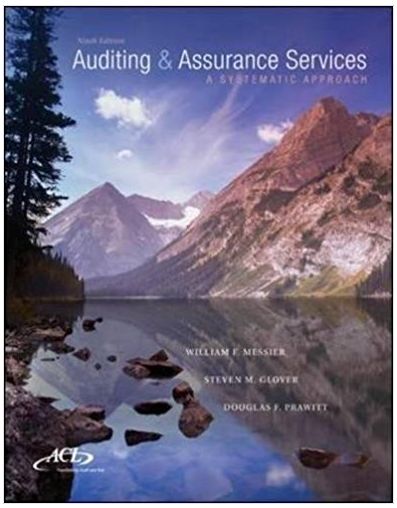Question:
The following discussion case extends. Harris decided that the easiest way to make the Fabricator Division appear more profitable was through manipulating the inventory, which was the largest asset on the books. Harris found that by increasing inventory by 2 percent, income could be increased by 5 percent. With the weakness in inventory control, he felt it would be easy to overstate inventory. Employees count the goods using count sheets, and Harris was able to add two fictitious sheets during the physical inventory, even though the auditors were present and were observing the inventory. A significant amount of inventory was stored in racks that filled the warehouse. Because of their height and the difficulty of test- counting them, Harris was able to cover an overstatement of inventory in the upper racks. After the count was completed, Harris added four additional count sheets that added $ 350,000, or 8.6 percent, to the stated inventory. Harris notified the auditors of the “omission” of the sheets and convinced them that they represented overlooked legitimate inventory. The auditors traced the items on these additional sheets to purchase invoices to verify their existence and approved the addition of the $ 350,000 to the inventory. They did not notify management about the added sheets. In addition, Harris altered other count sheets before sending them to the auditors by changing unit designations (for example, six engine blocks became six “ motors”), raising counts, and adding fictitious line items to completed count sheets. These other fictitious changes added an additional $ 175,000 to the inflated inventory. None of them was detected by the auditors.
Required:
a. What audit procedures did the auditors apparently not follow that should have detected Harris’ fraudulent increase of inventory?
b. What implications would there be to an auditor of failure to detect material fraud as described here?
c. What responsibility did the auditors have to discuss their concerns with the entity’s audit committee? (Used with the permission of PwC LLP Foundation.)







